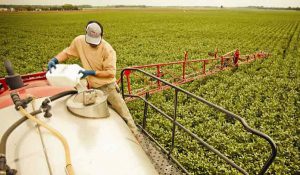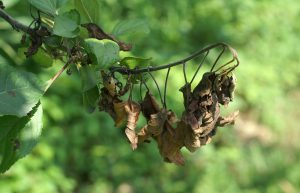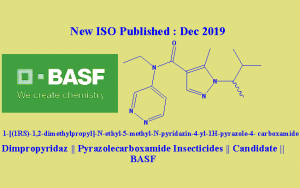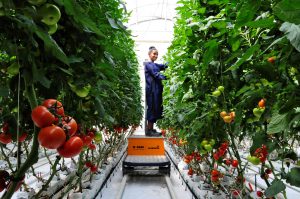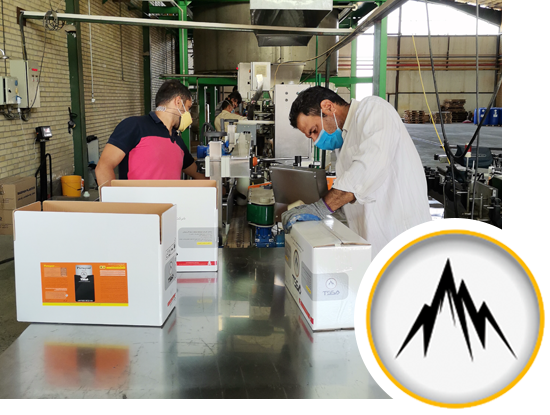Accompanied substances are added to improve the penetration of chemical pesticides or to increase the performance of pesticides. The most consumption of accompanying substances is in herbicides. Surfactants, vegetable oils, aluminum-based fertilizers, etc. are among the main groups of accompanying materials. Factors such as surface adhesion, contact angle and pesticide coverage and their effects on the effectiveness of pesticides have been investigated, which has been effective for modifying the formulation of pesticides and accompanying materials. Non-ionic surfactants were more effective in increasing the performance of pesticides compared to the soaps that were used before.
Also, ammonium sulfate and nitrogen-based fertilizers (ammonium nitrate and urea) have the same increase in efficiency. Another remarkable discovery was paraffin oils, which in combination with surfactants reduced the amount of herbicide consumption and the amount of oil that was used as a companion. These compounds were later introduced as vegetable oils (COCs) and used with herbicides such as atrazine or sulfonylureas. This type of additive increases the effectiveness of insecticides and fungicides. These studies later led to the production of its own special accompanying substance for each pesticide. They were also used to reduce the consumption of poisons.
Additional materials are materials that are added to the composition in the spray tank for the following reasons:
- Increasing the efficiency of pesticides
- Resolving the problems of spraying application by changing the properties Physical composition of poison
The technology of materials along with its advances caused some properties such as settling, spreading, sticking, compatibility, buffering, emulsifying, anti-foaming, reducing evaporation, reducing the amount of wastage and many other things, and the efficiency of the pest Raise cache. In many cases, a combination of compatible admixtures is required to solve problems related to spray application. There are more excipients today than expected, because excipients are not regulated by the Environmental Protection Agency and there are few barriers to commercial registration. In advanced technology, accompanying materials will play a very important role. When the accompanying materials are used as part of the product in the packaging, the uncertainty about the correctness of the formulation of the accompanying materials should not be a concern.
Tendency to use oil-based adjuvants has shifted towards non-ionic surfactants. But fertilizers and accompanying materials based on fertilizers and accompanying materials related to preventing wind blowing or preventing the settling of materials have increased more. Additional water quality improvers for non-agricultural commercial use have also increased. Paraffin products based on oil and mixtures of methylated vegetable oils with a high percentage of surfactant have been reduced. The biggest business of admixtures is in post-emergence herbicides, but they are also expanding in insecticides, fungicides, and plant growth regulating hormones.
In the United States, 4 main groups of additives have been registered in the World Environmental Protection Agency, which include surfactants, vegetable oils, ammonium nitrate based on fertilizers such as ammonium nitrogen, urea and ammonium sulfate, and effective additives that lack compatibility. They minimize the amount of foam, lack of water quality, windiness, sedimentation and other practical problems. All of them perform specific operations and not paying attention to their role in improving the spraying performance will cause mistakes.
Surfactants
Surfactants are surface active agents that are used to reduce the surface tension of water-based pesticides. By reducing the surface tension, the coverage of the pesticide increases and it makes the surface of the plant or soil more wet. They also play a role in reducing droplet fall and are often called wetting agents. They may be anionically, cationically or neutrally charged. In most pesticide labels, the use of non-ionic surfactants is suggested to prevent the lack of miscibility in the spraying tank, which causes damage to the product.
vegetable oils
Vegetable oils are emulsifiable oil-based substances that contain 10-15% surfactant and at least 80% phytoblend. Concentrated modified vegetable oils are emulsifiable oil products that contain 5 to 20% of surfactants and the rest of modified vegetable oils.
Ammonium-based fertilizers
These fertilizers are often used as admixtures. Fertilizers with a high degree of ammonium nitrogen may improve the effectiveness of some herbicides, which has led producers to use UAN urea and ammonium nitrate or AMS ammonium sulfate. recommend to prevent the shock caused by the herbicide on the plant. In some herbicides such as glyphosate, AMS plays the role of destroying antagonists in hard water. These materials, at least, reduce the amount of pesticide use, but they also play a role in managing time and possible risks.
Additives are divided into two groups in terms of function:
- Activating materials (including wetting, acidifying, penetrating, fertilizer and sticky materials)
- Modifying materials (including anti-foaming agents, buffering agents, color and foaming agent, fertilizer, preservative, compatibilizing agent, intensifying agent, sustaining agent, moisture absorbent, UV absorbent and volatile inhibitor)
Additives should be suitable for the specific conditions of each application. Considering the handful of additives in our country and the current situation regarding the consumption of additives from other countries, there is room for more research in this field.
Sources:
- Adjuvant s Product guide 2002, Nufarm, (Technical Bulletin).
- Understandin



